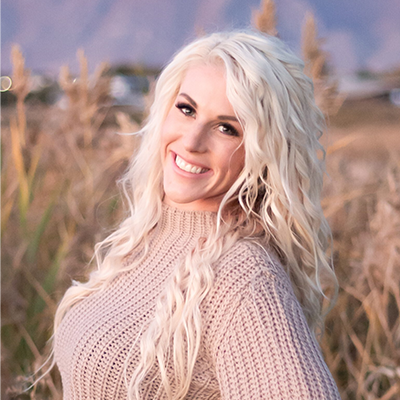Calving season is a few months out for most of us, but some early preparation never hurt anyone. Taking some time to create an organized plan not only benefits the health of your herd and your incoming calf crop but also takes away the stress of having you and your staff scrambling at the last minute. In this article, we’ll review the basics of calving season preparation, including all of the supplies that should be on hand before your first calf hits the ground.
Calving Facilities and Equipment
Clean and Prepare Calving Barns:
Before the calving season kicks off, prioritize the cleanliness and safety of your calving barns. Do a thorough walk-through to ensure that fencing is intact, and will hold up for this season; remove any debris (including dead mice), confirm proper ventilation, and double-check your lighting and heating systems – the last place you want to be is trying to pull a calf in the dark.
Calving Pens
Set up comfortable calving pens that provide ample space for both the cow and calf. Most importantly, though check that these pens are easily accessible and viewable in case of emergency.
Calving Supplies Preparation Checklist
Stock up on essential calving supplies. Chances are your supply list will look a little bit different from your neighbors, but some basics to have to hand include:
- long-sleeve obstetrical gloves
- OB lubricant
- Paper towels
- OB chains and straps, or handles
- Rope halter
- Iodine
- Sterile syringes and needles
- Frozen colostrum
- Electrolytes
- Tags and tag markers
- Bander
- Oxytocin or epinephrine
- Esophageal feeder
- Electrolytes
Cow Nutrition and Health
Nutrition Needs
Assess the nutritional needs of pregnant cows, with a focus on two-year-old heifers and three-year-old cows. These girls are still growing themselves, along with the unborn calf, so their nutrient demands are higher. For more information on pre-calving nutrition read the Spring Calving Preparation Guide.
As always, though, be sure to consult with a veterinarian to tailor feeding regimes, if necessary, and ensure you’ll have a sufficient supply of quality hay and feed to get your herd through the winter months.
Vaccinations and Health Checks
Review your herd health plan, scheduling vaccinations in advance. Conduct thorough health checks on the herd before calving season begins, so that you know which cows should have a little extra monitoring leading up to and during calving.
Calving Monitoring Tips and Record-Keeping
Review the stages of parturition and signs indicating impending calving in the table below. Regularly check pregnant cows and if possible, consider employing technology, such as cameras or monitoring systems, for more efficient observation.
.jpg)
Record Keeping:
Maintain accurate records of each cow's due date and note any health concerns; be mindful of known health concerns or issues that occurred last season. The more detailed your records are, the better you’ll be able to manage issues and quickly make informed decisions during calving season.
Emergency Preparedness
Emergency Kit:
Prepare a comprehensive emergency kit with essentials, including contact information for a veterinarian and neighbors who can assist in emergencies. This can come in handy quickly if you have friends or family helping to monitor your herd during calving season.
Calving Assistance:
Train staff or family members on proper calving assistance techniques. Establish a clear communication plan for emergencies. You don’t want to be searching a long list of phone numbers during a problem birth.
Conclusion:
To wrap it up, a well-prepared calving season is a less stressful calving season for you, your herd, and any friends, neighbors, and staff who are committed to helping. Early preparation sets the stage for a smooth transition into calving and will see you through to the end.

.jpg)



.webp)




